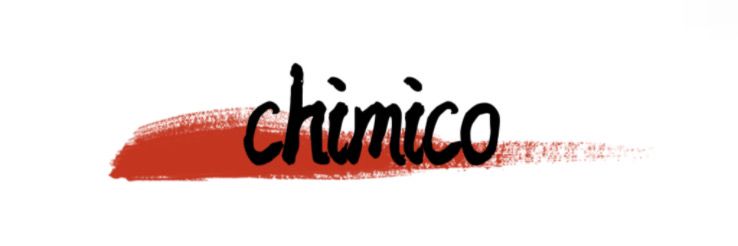Say Goodbye to Delamination: Unlocking the Power of PUR for Perfect Edge Banding
Understanding Delamination in Edge Banding
Delamination can compromise the integrity of your furniture, leading to unsightly gaps and reduced durability. This issue often arises when traditional adhesives fail to provide the necessary bond strength under varying conditions. To address this, it’s essential to explore advanced material solutions.
Contact us to discuss your requirements of PUR for Edge Banding. Our experienced sales team can help you identify the options that best suit your needs.
The Rise of PUR for Edge Banding
Polyurethane Reactive (PUR) adhesives have emerged as a game-changer in the edge banding industry. Unlike conventional adhesives, PUR for edge banding offers superior bonding capabilities, resulting in a permanently strong and flexible seal. The unique chemical structure of PUR allows it to adhere seamlessly to a variety of substrates, ensuring that edge bands stay firmly in place over time.
Advantages of Using PUR for Edge Banding
- Enhanced Durability: PUR adhesives are resistant to moisture and temperature fluctuations, significantly reducing the risk of delamination.
- Superior Flexibility: The flexibility of PUR allows it to absorb impacts, maintaining the integrity of the edge band under stress.
- Quick Curing Time: With fast curing capabilities, PUR adhesives allow for quicker production cycles without sacrificing quality.
- Versatility: PUR can bond various materials including wood, plastic, and metal, making it ideal for diverse applications.
Application Techniques for Optimal Results
To harness the full potential of PUR for edge banding, it is crucial to follow proper application methods. Here are steps to ensure a successful bonding process:
Surface Preparation
Prior to application, ensure that the surfaces are clean, dry, and free from dust or oil. This prepares the substrate for optimal adhesion.
Using the Right Equipment
Utilize a hot melt applicator specific for PUR to achieve an even distribution of adhesive. An application temperature of approximately 120-180 degrees Celsius is recommended for best performance.
Pressure and Bonding Time
After applying the adhesive, it is essential to apply even pressure for a short duration to guarantee a strong bond. Following the manufacturer’s guidelines for bonding time is crucial to maximize effectiveness.
Common Mistakes to Avoid
While PUR for edge banding is efficient, certain pitfalls can diminish its effectiveness. Be cautious of the following:
- Ignoring Surface Conditions: Failing to prepare surfaces correctly can lead to weak adhesion.
- Using Improper Tools: Using the wrong applicator may result in uneven glue application, jeopardizing bond strength.
- Ignoring Environmental Factors: Working in humid or extremely cold conditions can negatively affect curing times and overall performance.
Conclusion: Embrace the Future of Edge Banding
Say goodbye to delamination by integrating PUR for edge banding into your production process. With its numerous advantages, including enhanced durability, flexibility, and resistance to environmental factors, PUR stands out as the superior choice for all edge banding applications. By following best practices in application, one can ensure that the benefits of PUR are fully realized, leading to long-lasting, high-quality finishes.
Want more information on PUR for Textile? Feel free to contact us.


